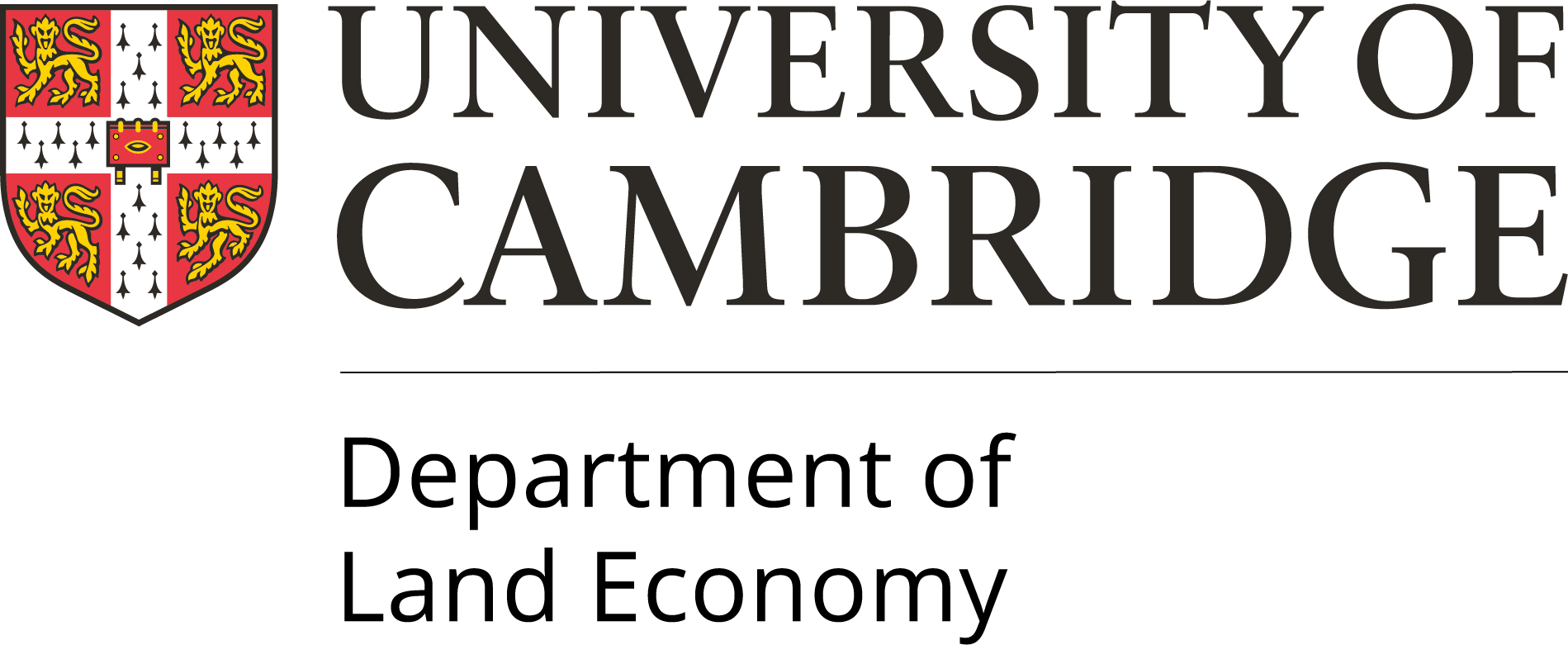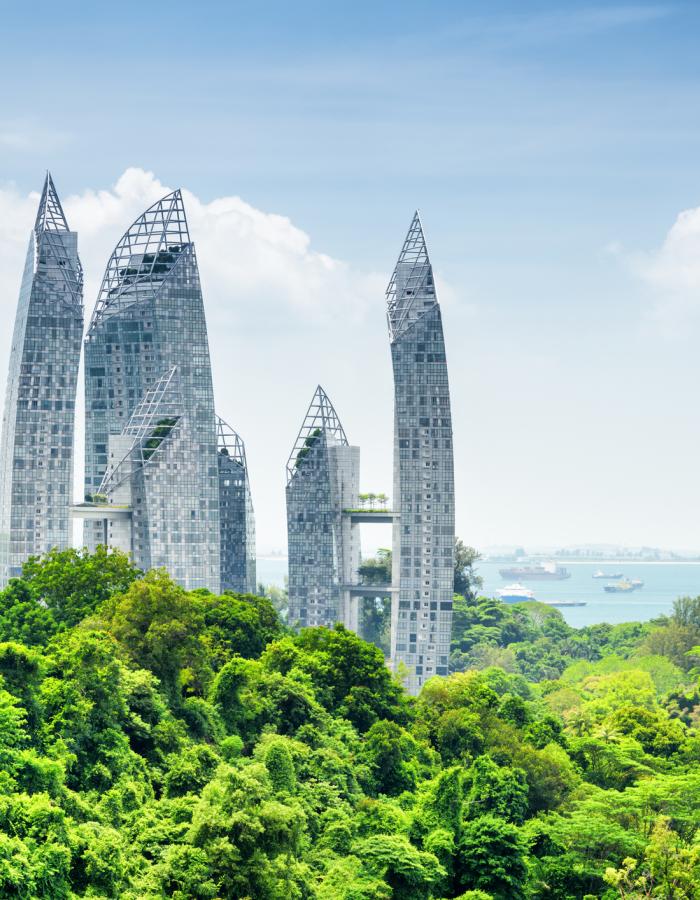Singapore’s quiet power in carbon markets is not volume; it is vocabulary. By baking 5% adaptation finance and 2% overall mitigation of global emissions (OMGE) cancellation into its Article 6.2 Implementation Agreements (IAs), Singapore is exporting integrity clauses that are fast becoming the region’s reference point. In 2025, as ASEAN advanced work on an ASEAN Common Carbon Framework (ACCF) for interoperability, those clauses began to function as a standards-transmission channel – bridging national registries and cross-border trade with a minimum floor for credibility.
The integrity clauses that travel
Article 6 cooperation needs trust. Singapore’s IAs solve for this by standardising two features:
Adaptation finance: the value equivalent to 5% of the share of proceeds from authorised credits is channelled to the host country’s adaptation measures.
OMGE: 2% of authorised credits are cancelled at issuance, ensuring a net atmospheric benefit beyond simple offsetting.
By September 2025, Singapore reported nine IAs (Bhutan, Chile, Ghana, Papua New Guinea, Peru, Paraguay, Rwanda, Thailand, and Vietnam) and announced plans to procure approximately 2.175 MtCO₂e of nature-based credits under these deals – each carrying the 5%/2% design. Rather than bespoke, one-off integrity bargains, these clauses are becoming defaults that buyers and hosts can coalesce around.
From text to treaties: 2025’s IA surge
After initial MOUs in 2023-24, 2025 was the year the legal plumbing matured. Singapore signed IAs with Peru (1 Apr 2025) and Chile (7 Apr 2025), then notched its first ASEAN IA with Thailand (19 Aug 2025), before Vietnam (16 Sep 2025) joined the list – broadening geographic coverage and creating a thicker lane for cross-border crediting under Paris-aligned rules. Collectively, these agreements codify authorisation processes, corresponding adjustments, and the 5%/2% integrity terms, making them reproducible templates rather than experimental pilots.
ASEAN’s interoperability moment
Standards only scale if systems connect. In 2025, ASEAN workstreams signalled a pivot from national pilots to region-wide interoperability. The ACCF – pursued through ASEAN bodies and industry coalitions – aims to enable common recognition and interoperability among member states’ carbon markets in the 2026-2030 strategic window. Singapore’s Article 6 templates fit neatly into that agenda: the 5%/2% clauses offer a ready-made integrity floor while ACCF work harmonises how credits move (recognition, accounting, and assurance), so markets do not just trade – they trade without double counting or mixed-quality spillovers.
Domestic registries vs. cross-border trade: Indonesia’s SRN-PPI as a case study
A persistent friction in Southeast Asia has been domestic registry control versus international market access. Indonesia illustrates the issue and its 2025 evolution. After years of uncertainty that effectively stalled international issuances, Jakarta signed a Mutual Recognition Agreement (MRA) with Gold Standard on 8 May 2025, signalling a path to dual recognition: credits aligned with Indonesia’s SRN-PPI can also carry international certification without losing national oversight. That ‘recognise-and-route’ model helps unlock credible finance while respecting domestic priorities – exactly the kind of bridge ACCF seeks to normalise and Singapore’s IAs can plug into.
How Singapore’s clauses become a regional benchmark
De-risking for buyers. The 5% adaptation commitment turns corporate purchases into co-financed climate resilience, appealing to boards, auditors, and ESG committees wary of ‘offset only’ optics. The 2% OMGE cancellation pre-empts criticism that credits merely reshuffle emissions: a small but codified net-benefit margin that is easy to communicate.
Clarity for hosts. Host governments can sign IAs knowing the adaptation dividend is guaranteed and corresponding adjustments are handled through a legally binding bilateral process. This is especially valuable for countries aligning domestic registries (like SRN-PPI) with international buyers – administratively taxing without a clear standard.
Interoperability ready. Because the 5%/2% terms are embedded in legal agreements, they are portable across projects, vintages, and sectors. As ACCF drafts solidify, these clauses can sit alongside recognition protocols and MRAs, becoming the starter kit for regional mutual recognition.
What this means for ASEAN carbon finance in practice
Project bankability improves when developers can show buyers that their credits will (i) count, (ii) avoid double counting through corresponding adjustments, and (iii) include codified adaptation/OMGE features.
Corporate demand rehabilitates as CFOs see a glidepath: purchase under an IA with clear authorisation, book the claim against a recognised framework (ACCF/MRA), and demonstrate a built-in public-good contribution (5% adaptation) plus net atmospheric benefit (2% OMGE).
Public legitimacy rises when every traded unit visibly funds adaptation in the host country. For Southeast Asia – one of the world’s most climate-vulnerable regions – that narrative resonance matters as much as legal form.
Remaining frictions (and why the template still matters)
Not everything is solved by a clause. Supply build-out (especially nature-based projects with robust baselines and safeguards), authorisation timelines, and domestic capacity for MRV and registry operations will still govern speed. Indonesia’s 2025 MRA is a breakthrough, but operationalising dual recognition – who checks what, when, and how – will test institutions. Likewise, corporate utilisation under Singapore’s carbon-tax offset allowance will be the demand litmus in 2025-26 filings. Yet the presence of embedded integrity in the paperwork makes every subsequent step easier: when standards are pre-baked, regulators can focus on execution rather than re-arguing first principles.
What to watch in 2026–27
First authorised A6.2 deliveries from the 2025 IA pipeline (Thailand/Vietnam/Peru): do the 5% adaptation transfers and 2% OMGE cancellations occur as contracted, and are the corresponding adjustments reflected on both sides?
ACCF milestones: publication of recognition/interoperability protocols that formalise how a credit moves between domestic registries and cross-border claims without value-loss or double counting.
Indonesia’s SRN-PPI in practice: how the Gold Standard MRA gets implemented at project level (timelines, documentation, and market acceptance), and whether similar MRAs emerge with other standards.
Buyer behaviour: evidence of board-level policies preferring credits with adaptation/OMGE features, accelerating convergence on the Singapore template.
Bottom line. By hard-coding 5% adaptation and 2% OMGE into its Article 6 deals – and by doing so across a widening network of partner countries – Singapore is exporting a minimum integrity package the region can rally around. Align that with ACCF-driven interoperability and domestic registry MRAs (Indonesia’s 2025 move being Exhibit A), and you have the makings of an ASEAN carbon market that is not only tradable but trusted. In a space where credibility is the true currency, clauses that travel may prove more powerful than tonnes that do not.


